La Bastide-Puylaurent in Lozere |

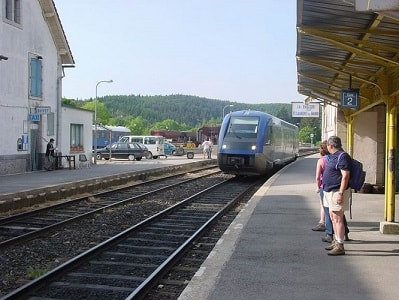 La Bastide-Puylaurent is a French commune located in the Lozere department in the Occitanie region. It has approximately 170 inhabitants and is situated in the heart of the Cevennes National Park. La Bastide-Puylaurent is known for its exceptional natural setting, with mountain landscapes, forests, and rivers that are ideal for outdoor activities such as hiking, mountain biking, fishing, and swimming. The commune is also crossed by the famous GR70 hiking trail, also known as the "Stevenson Path," which connects Le Puy-en-Velay to Ales. La Bastide-Puylaurent is a prime destination for those seeking tranquility and the beauty of the natural landscapes of the Cevennes, as well as for history and heritage enthusiasts, with notable sites such as the Pont de la Resistance, a historical structure dating back to World War II.
La Bastide-Puylaurent is a French commune located in the Lozere department in the Occitanie region. It has approximately 170 inhabitants and is situated in the heart of the Cevennes National Park. La Bastide-Puylaurent is known for its exceptional natural setting, with mountain landscapes, forests, and rivers that are ideal for outdoor activities such as hiking, mountain biking, fishing, and swimming. The commune is also crossed by the famous GR70 hiking trail, also known as the "Stevenson Path," which connects Le Puy-en-Velay to Ales. La Bastide-Puylaurent is a prime destination for those seeking tranquility and the beauty of the natural landscapes of the Cevennes, as well as for history and heritage enthusiasts, with notable sites such as the Pont de la Resistance, a historical structure dating back to World War II.
Until 1917, La Bastide-Puylaurent was named Puylaurent. The village was created in the 19th century following the opening of the railway from Nîmes to Saint-Germain-des-Fosses.
In the 18th century, La Bastide-Puylaurent was just a hamlet of a few houses lining the Regordane Path. There were a few inns and a mule relay that was very active in the 17th and 18th centuries, where travelers and pilgrims found shelter and where, during heavy snowfalls, they sometimes got stuck for several weeks. It wasn't until 1741 that a first church was built on the site where, a century later, the current building was erected.
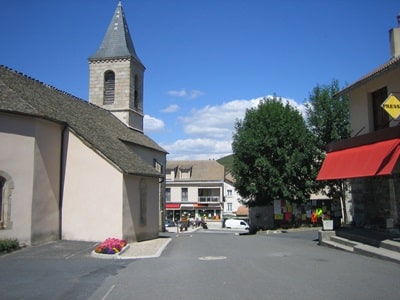 The construction of the station, with the branch line to Mende, spurred the growth of the agglomeration split between two departments, Ardeche and Lozere. La Bastide-Puylaurent is the highest station on the line from Paris to Marseille via Clermont-Ferrand, Langogne, La Bastide, Villefort, Genolhac, Chamborigaud, Ales, and Nîmes. Another line connects to Marvejols via Chasserades, Belvezet, Allenc, and Mende (the capital of Lozere).
The construction of the station, with the branch line to Mende, spurred the growth of the agglomeration split between two departments, Ardeche and Lozere. La Bastide-Puylaurent is the highest station on the line from Paris to Marseille via Clermont-Ferrand, Langogne, La Bastide, Villefort, Genolhac, Chamborigaud, Ales, and Nîmes. Another line connects to Marvejols via Chasserades, Belvezet, Allenc, and Mende (the capital of Lozere).
A prime hiking destination, La Bastide-Puylaurent is at the crossroads of numerous GR and PR trails.
In the village, there are several shops: a newspaper store, a drugstore, clothing and various products, a pharmacy, a butcher shop, a grocery store, a post office, a gas station garage, a train station (known as Gare de La Bastide Saint Laurent les Bains), the Grande Halte hotel, the Genêts hotel, and L'Etoile Guest House. The Camping de l'Allier is located on the road to Chasserades, 3 km from La Bastide Puylaurent by the banks of the Allier River. There is a swimming area and a lovely lawn for relaxation with games for children and a snack bar.
The village is regularly served by the S.N.C.F., so winter access difficulties are not an issue. For summer holidays, as well as for the rest of the year, many furnished accommodations and rural gîtes are available.
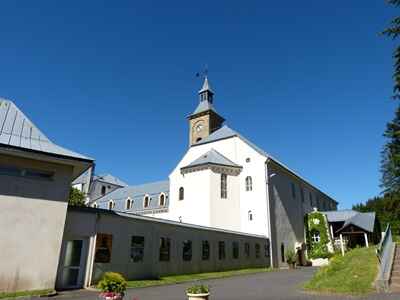 La Bastide-Puylaurent, near the sources of the Allier and Chassezac (Moure de la Gardille), is a village created last century on the borders of Lozere and Ardeche due to the passage of the railway. It has been less than a hundred years since the railway workers replaced the mule drivers of the Regordane, that the forest has reclaimed the meadows abandoned by transhumant herds, and that the Trappists of Notre Dame des Neiges renewed the monastic tradition of Mercoire and the Chambons.
La Bastide-Puylaurent, near the sources of the Allier and Chassezac (Moure de la Gardille), is a village created last century on the borders of Lozere and Ardeche due to the passage of the railway. It has been less than a hundred years since the railway workers replaced the mule drivers of the Regordane, that the forest has reclaimed the meadows abandoned by transhumant herds, and that the Trappists of Notre Dame des Neiges renewed the monastic tradition of Mercoire and the Chambons.
3 km away, the Trappe de Notre Dame des Neiges, a Cistercian monastery founded in 1852 (3 km). The current buildings date from 1918. Father de Foucauld came to seek solitude and contemplation in this place. There is a view of the Ardeche mountains and the Tanargue massif (watershed). To reach the abbey on foot, you can follow the shared GR®72 & GR®7 trails. A hiking circuit partially follows the historic route of Robert Louis Stevenson, passes by the monastery, then through the Serres and Rogleton valley, returning to La Bastide along the Allier and GR®70 (shared with the Regordane Path GR®700). At 2 km, the fishing pond of Beal is an ideal picnic spot. At 8 km, the thermal spa of St-Laurent-Les-Bains is known for its reputed waters in treating rheumatism (Chaînes Thermales du Soleil). At 15 km, the medieval village of La Garde-Guerin on the Regordane path overlooking the gorges of Chassezac. At 28 km, the fortified town of Pradelles and its small streets steeped in the history of France. View of Lake Naussac.
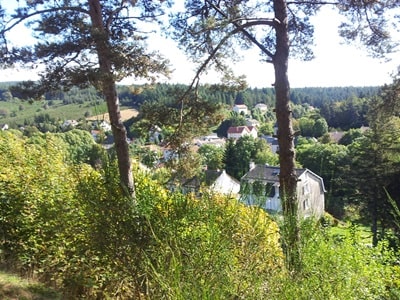 I loved the land before January 9, 1966, but it was that day that I became aware of rurality. - If you want, Roger Martin told me, to catch a glimpse of the depopulation of the countryside, come with me. We will climb to the Croix de Grabio.
I loved the land before January 9, 1966, but it was that day that I became aware of rurality. - If you want, Roger Martin told me, to catch a glimpse of the depopulation of the countryside, come with me. We will climb to the Croix de Grabio.
Roger Martin lived, with a certain detachment, the discreet hotel business run by his parents in La Bastide-Puylaurent, Lozere, a business he has tried to maintain since the death of his mother in 1969. The Hotel des Genêts was then open all year round. It was already the only one in the small climate station, located on the borders of Gevaudan and Vivarais, that never closed its doors.
I had come to Lozere to rediscover strong emotions from my adolescence, to discover the gentle emotions born from the name I bear, which has remained engraved since the thirteenth century in the stone and history of the Cevennes. I came to dream of the past and was going to root myself in today's earthly realities and perhaps tomorrow's. "Les Genêts" is now open for five months, which is sufficient to ensure the income (modest, no doubt) for the whole year. "One" rests from the season by preparing for the next, near Aubenas in Ardeche.
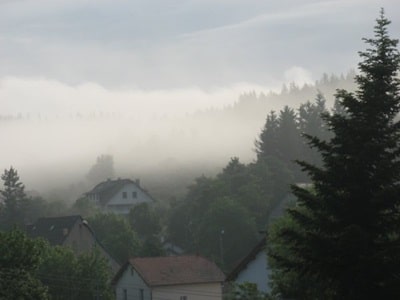 If a man does something important for us one day, even if he is unaware of it, let us never forget it. Regardless of his evolution and choices, this man will remain a milestone in our lives. He has opened one of the doors we must cross to reach ourselves. What more could we ask of him since he has given us, in one fell swoop, what he had for us?
If a man does something important for us one day, even if he is unaware of it, let us never forget it. Regardless of his evolution and choices, this man will remain a milestone in our lives. He has opened one of the doors we must cross to reach ourselves. What more could we ask of him since he has given us, in one fell swoop, what he had for us?
Carved from this crystalline rock that seems to hold time, protected from the southwest winds by the barrier of Mont Lozere and the Montagne du Goulet, planted at twelve hundred meters of altitude, on the edge of the path leading to Puylaurent, the Croix de Grabio opens its arms to the Cevennes, Vivarais, and the highlands of Velay.
- But it's a desert!
- Not really, replied Roger Martin. Look more closely. Those are not rocks you see, but villages, hamlets, isolated farms. Look even closer, and you will see smoking chimneys: those are inhabited homes." The snow had not yet fallen. Only the peaks were whitish, as if covered by fields of daffodils. I could distinguish what was meadow, what was cultivated land, what was heath or sparse woodland. I could also discern the terraces, the "sfaissa" or "bancer," as they say in Cevennes dialect: they were fallow. - Not long ago, my guide told me, you could still make out the vines, potatoes, alfalfa, or rye when it was the season. Over there, they harvested chestnuts... Come back every year, at the same time, if you can: you will count the fires that have gone out since your last visit.
The air was pure, like a few hours before the rain. The cold stung my cheeks. It would snow the next day. The setting sun made the wind run through the valleys and caught its light on every detail of the high lands. Rural life, a user guide: for a global rural policy. By Gilles Dautun. Editions L'Harmattan.
***
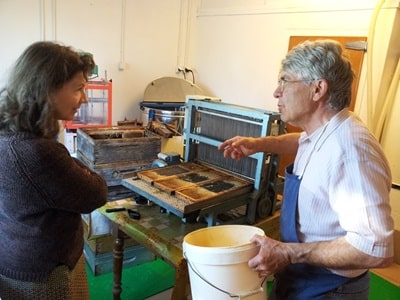 Mountain Honeys
Mountain Honeys
Recognizing good honey. Quality honey has a homogeneous color and a good aroma when opening the jar. Its texture should be homogeneous. Price differences are explained by the rarity of certain honeys. Very cheap honeys are generally imported from Asia or South America and consist of blends. "All flowers" honey does not have a dominant flavor but can be of excellent quality. Selected honeys (raspberry, fir, chestnut...) must come from the dominant plant in a proportion of 50 to 98%. All honeys are liquid at harvest, but the majority crystallize after a few weeks. To liquefy them, they should be placed in a water bath above 40°C (temperature of the hive). The microwave is not recommended. Temperature fluctuations spoil them. Store your jars in a cupboard away from light at 15° or 20°C. They have an almost unlimited shelf life.
Wildflowers of Margeride-Aubrac. Our honey is harvested in Margeride and Aubrac between 900 & 1200m in June & July from thousands of wildflowers in natural meadows, pastures, and woods located in a preserved environment. Among them, there are many medicinal plants. The honey is clearer or darker depending on the years based on the importance of flowering of certain flowers.
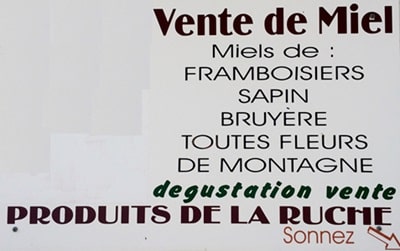 Here are the plants that pollinic analyses reveal: clover, hawthorn, raspberry, brambles, germander, centaury, scabious, cornflower, lotier, knotweed, blueberry, bilberry, helianthemum, savory, thistle, bellflower, violet, thyme, dandelion, mullein, buckthorn, boxwood, marjoram, stonecrop, plantain, wild cherry, borage, calamint, goldenseal, fruit trees. We call it "wildflowers" to distinguish it from "all flowers" or "thousand flowers" from plains, often harvested from large crops of rapeseed, sunflower, alfalfa, etc...
Here are the plants that pollinic analyses reveal: clover, hawthorn, raspberry, brambles, germander, centaury, scabious, cornflower, lotier, knotweed, blueberry, bilberry, helianthemum, savory, thistle, bellflower, violet, thyme, dandelion, mullein, buckthorn, boxwood, marjoram, stonecrop, plantain, wild cherry, borage, calamint, goldenseal, fruit trees. We call it "wildflowers" to distinguish it from "all flowers" or "thousand flowers" from plains, often harvested from large crops of rapeseed, sunflower, alfalfa, etc...
Specific honeys. To obtain them, we move our apiaries across various territories (from 700 to 1500m altitude) and at different periods, from May to September. By harvesting the honeys at the end of flowering of each variety, we manage to obtain sweet honeys such as clover, brambles, raspberry, blueberry, and goldenrod; more specific types like dandelion, fir, oak; or very fragrant ones like heather, calluna, thyme, chestnut. The richness of our mountain flora allows this diversity.
Why are there honeys of different colors from the same beekeeper? The color of honey depends on the flowers visited by the bees. However, in the same region, it sometimes happens that the flora varies within a few kilometers and over a few days. The discerning beekeeper, having several scattered apiaries in nature, extracts his harvest apiary by apiary and does not mix the honey when potting. This allows the honey to retain its specific color and aroma. That is why you will find side by side honeys ranging from white to brown, from very light to very dark, due to the flowers visited by his bees. The dominant color of a honey indicates the predominance of nectar from one flower variety but not its exclusivity. Pollen traps and pollinic analyses allow for the authentication of a honey's dominant flora, hence its designation. by Daniel Plantier, Beekeeper
***
The hamlets of the Commune
Culminating at over 1000 meters in altitude and covering an area of 24.19 km2, the commune of La Bastide-Puylaurent has five hamlets:
Puylaurent, an old parish and the town's administrative center until 1917.
Les Huttes, where one of the oldest families of Gevaudan still resides.
Le Thort, where there is a huge dolmen weighing nearly six tons, which popular tradition calls the "Palet de Gargantua." The giant is said to have dropped it while playing in this area.
Les Gouttes, where the paternal ancestors of Theophile Roussel, a doctor, politician, and French philanthropist, lived for many generations.
Masmejean, where one of the first victims of the Beast of Gevaudan (the nickname given to a creature responsible for a series of attacks against humans that occurred between 1764 and 1767, resulting in about a hundred deaths) was found.
| La Bastide-Puylaurent: L'Etoile Guest House, 06 83 99 70 86, Email Former vacation hotel with a garden by the Allier River. Ideal for a relaxing stay; large dining room with a fireplace, healthy and hearty meals served at the dining table. Spacious and comfortable rooms facing the garden with private bathrooms. Belgian beers and homemade bread. Private parking & bike garage. Numerous Loop hikes as well as bicycle trails. |
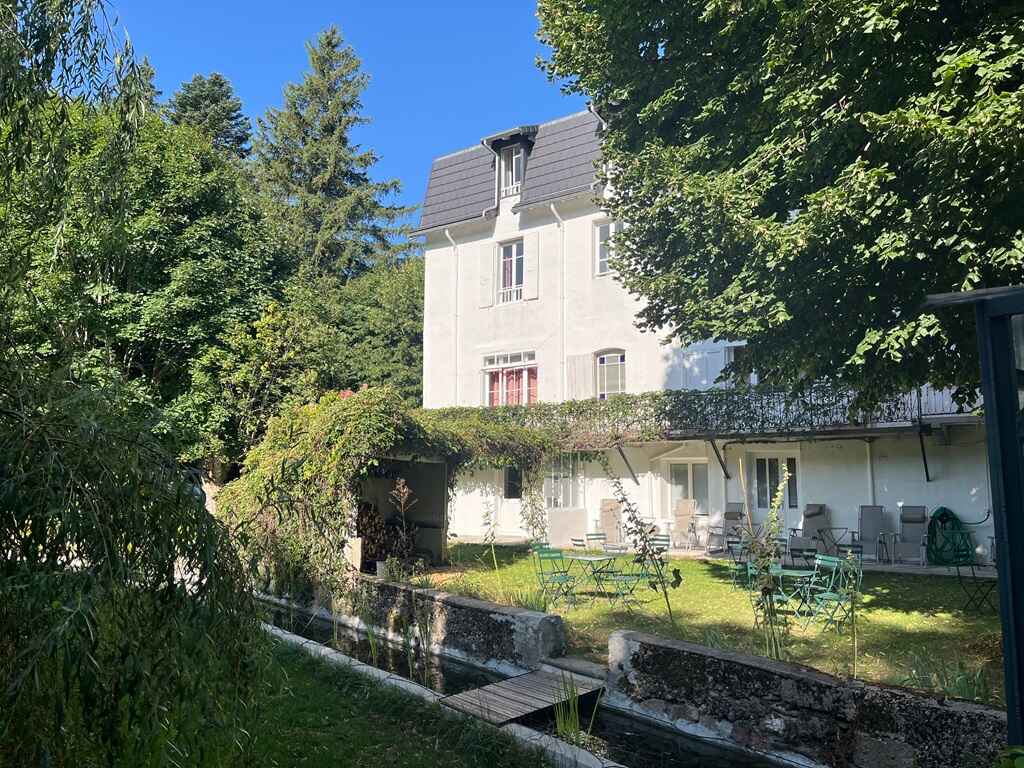 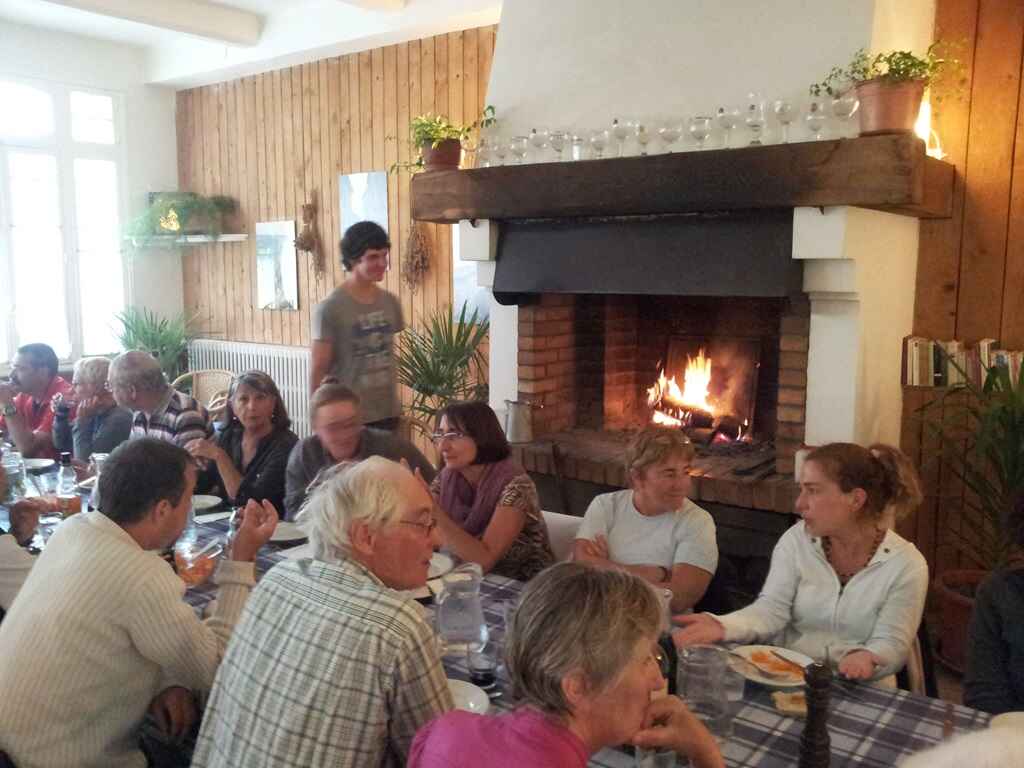 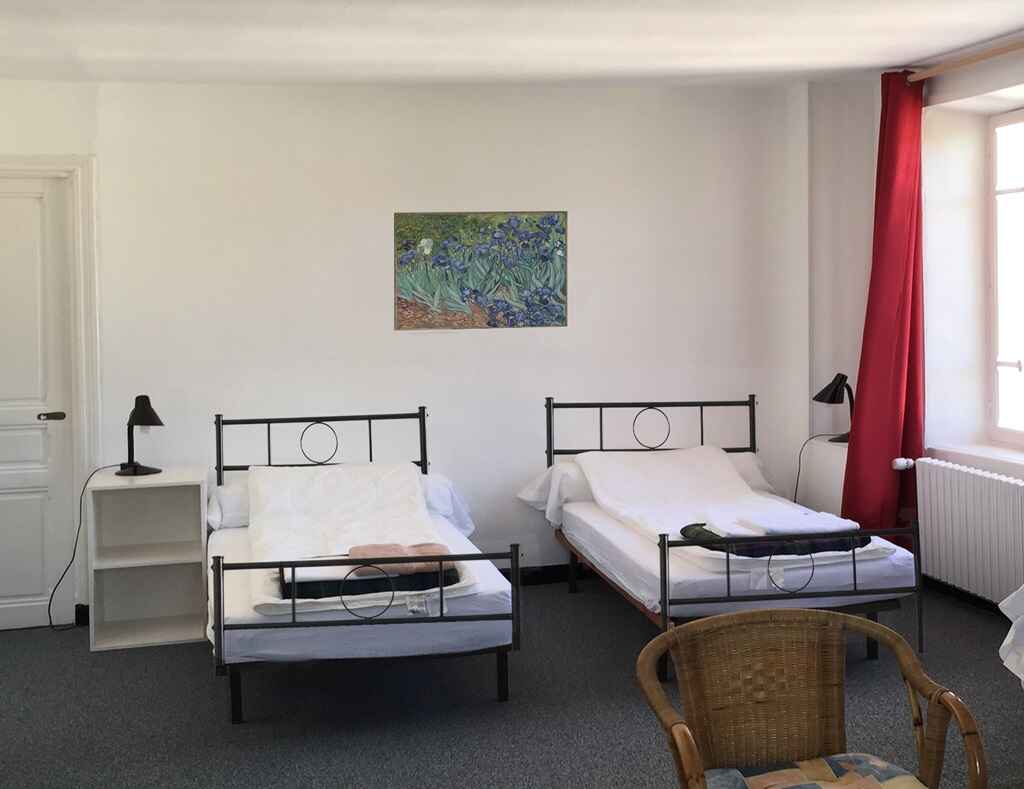 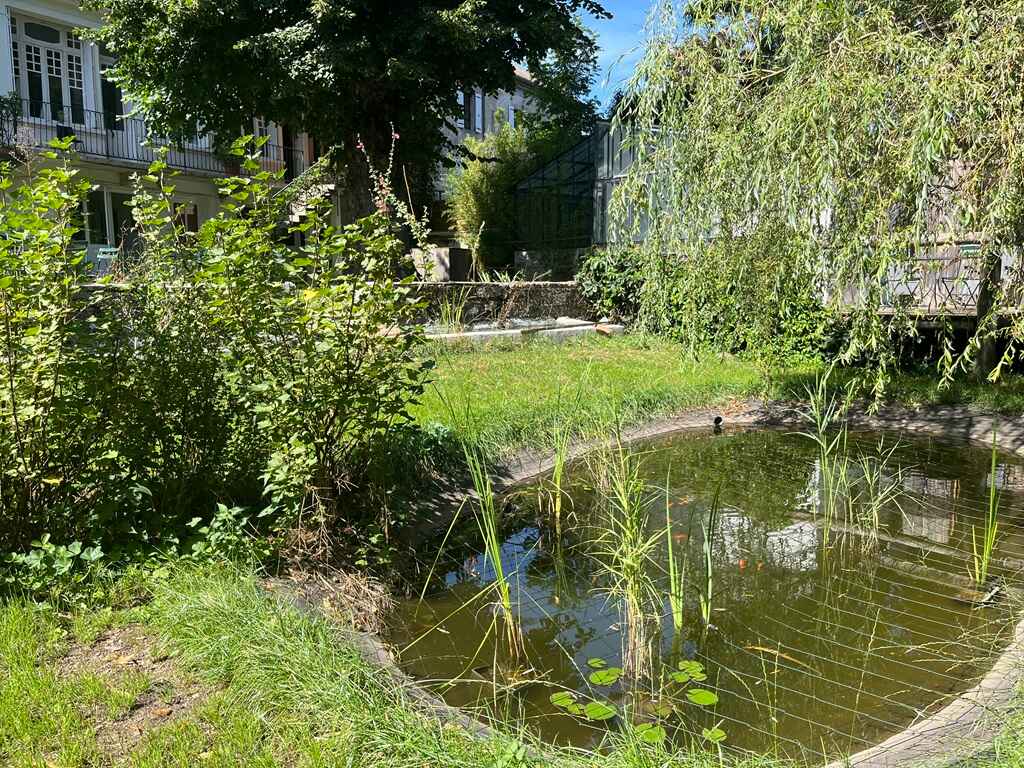 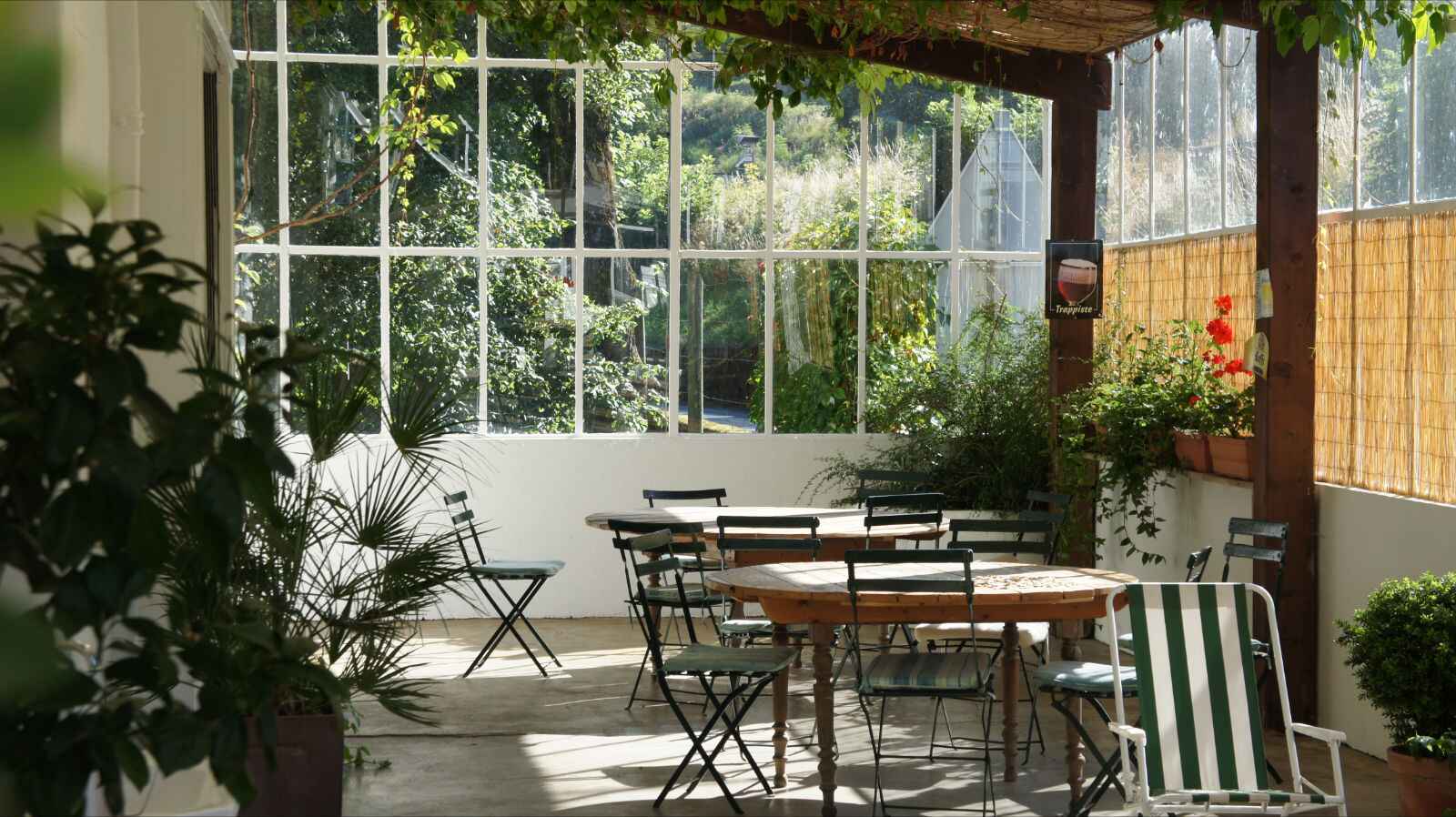
|
Former holiday hotel with a garden along the Allier, L'Etoile Guest House is located in La Bastide-Puylaurent between Lozere, Ardeche, and the Cevennes in the mountains of Southern France. At the crossroads of GR®7, GR®70 Stevenson Path, GR®72, GR®700 Regordane Way, GR®470 Allier River springs and gorges, GRP® Cevenol, Ardechoise Mountains, Margeride. Numerous loop trails for hiking and one-day biking excursions. Ideal for a relaxing and hiking getaway.
Copyright©etoile.fr